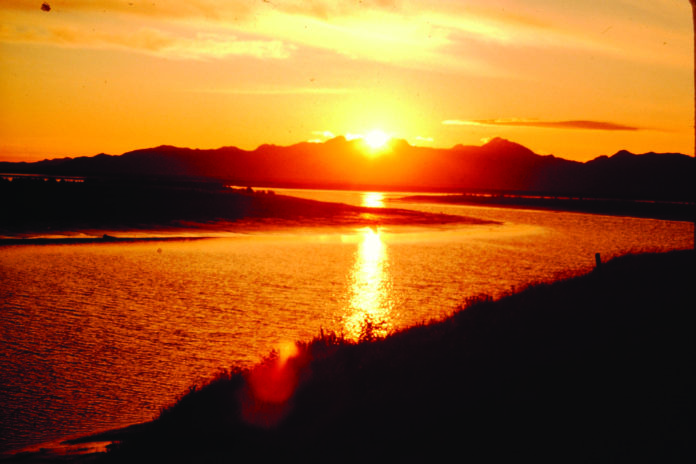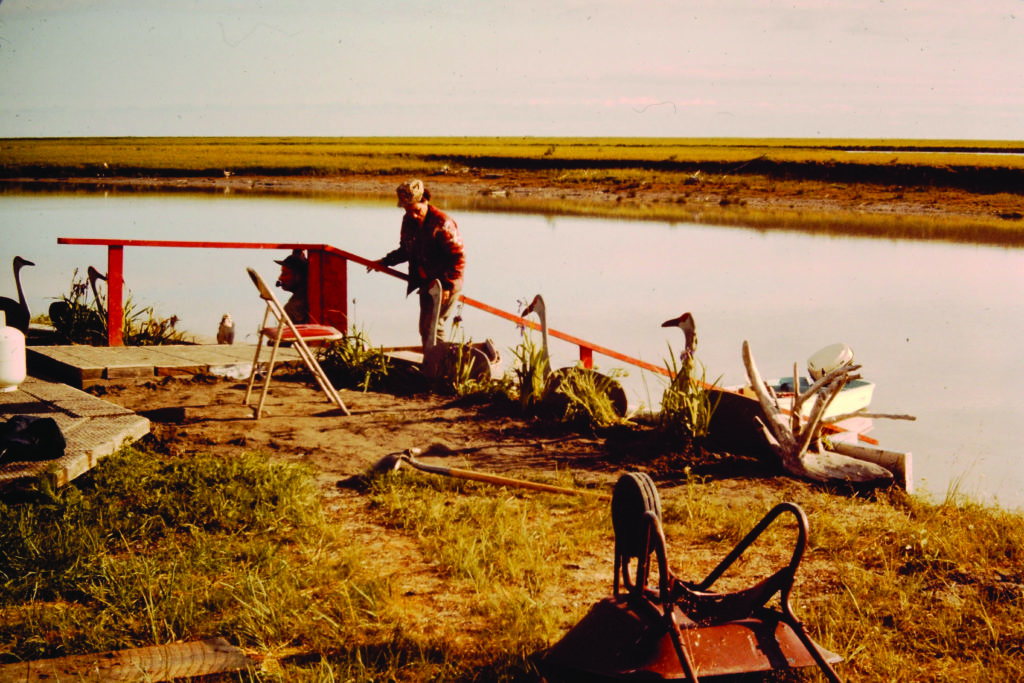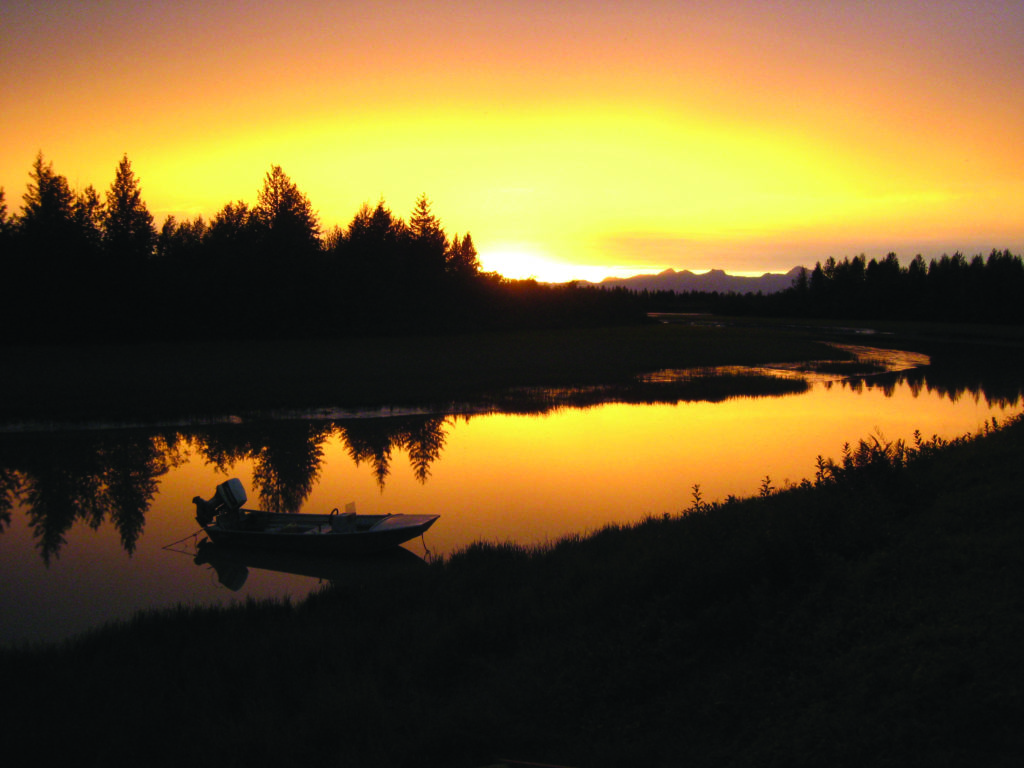
On March 27 of every year, I pause to ponder the impact of the 1964 Great Alaska Earthquake on the Copper River Delta.
Prior to the 9-foot uplift caused by that 9.2 magnitude event, much of the Delta was a broad intertidal plain. Big tides would flood the entire Delta and reach all the way up to the banks of the road at 20 Mile.
The sky would be full of hawks and other birds of prey catching shrews and voles that were flooded out of their underground dens.
In 1959, when we built our duck cabin at Pete Dahl, we had to carefully store construction material under the cabin, or they would float away on tides of 13 feet or more.
More than once during those early years while running a 22-foot work skiff upriver on big tides, the lower Delta looked like one enormous lake, and we would inadvertently run out of the slough and slide into a foot of water covering its banks.
Upon return to our cabin in the spring of 1960, it was quite a shock to discover a nearby Alaska Department of Fish and Game cabin was missing. It had been lifted on a vast sheet of winter ice by big spring tides, and strong winds carried the ice and its cargo a mile down the slough.
The earthquake uplift changed all of that, and 58 years later, one can look off the deck of our duck shack and barely remember how it used to appear.
Gone was the salty water from big tides flooding the Delta that kept the shallow ponds brackish and prevented growth of brush and trees.
The change turned Mother Nature loose in ways that confound logic.
One would think that an uplift would make the ponds shallower, but instead the ponds became deeper, infested with weeds, and surrounded by sweet gale, alder, willow, cottonwood and spruce.
This didn’t happen overnight, but slowly at first, and then at exponential rates.

In the first decade after the uplift, an occasional willow or alder could be seen in lonely isolation on still grassy terrain. By the next decade, individual spruce and thickets of brush were becoming abundant along the edges of gutters and ponds. Bands of beavers, eager to build dams and homes, appeared on the scene.
Their activity prevented drainage from ponds, which gradually became deeper. Soon large cottonwood and spruce developed, and all this new cover brought a broad array of predators.
One of the most impacted species was the Dusky geese, a unique subspecies that nests exclusively on the Delta.
With various predators, including bears, wolves, coyotes, mink, weasels and even bald eagles having a field day on nesting efforts, the goose population plummeted. Man-made efforts including nesting islands have not restored it to its pre-earthquake levels.
And the trees — my goodness.
In 1959, from our cabin deck, the base of the Henry Range near Whitshed was visible, and during the fall lights could be seen twinkling in cabins miles away.
Today, with 40-foot-tall spruce and cottonwoods along the banks of the slough in front of our cabin, the main Pete Dahl slough, a mere 500 yards aware, cannot be seen.

The changes helped the moose. There is much more habitat for them than when they were first transplanted here in the early ’50s.
Gradually a new inter-tidal saltwater marsh is developing beyond the edge of 8-foot-high “cutbanks” of the old Delta, and most of the waterfowl are now drawn to those areas.
Yet come fall, the migration is still on. Bands of ducks and geese motor by, and massive flocks of crane pour through. The moose mating season arrives and suddenly they seem to be everywhere.
The days become shorter; autumn colors develop; sunrises and sunsets take your breath away.
And, strangely, along with a sense of befuddlement, there is awe at having been witness to such dynamic changes in just six decades.





